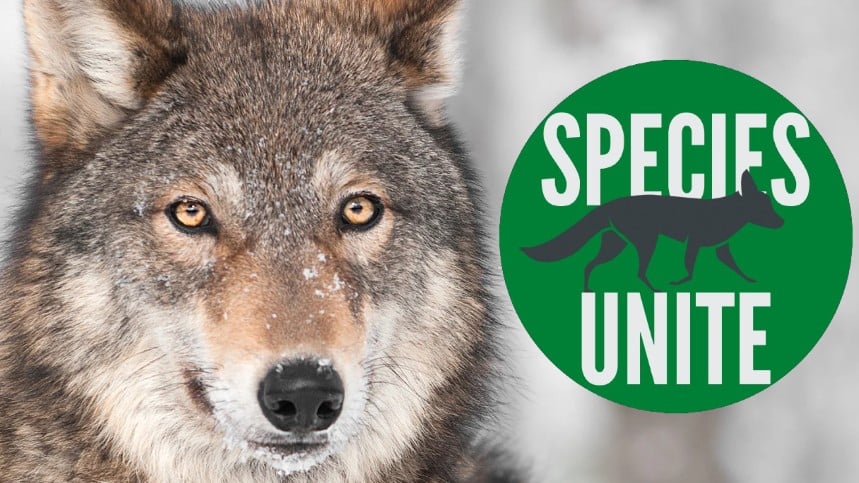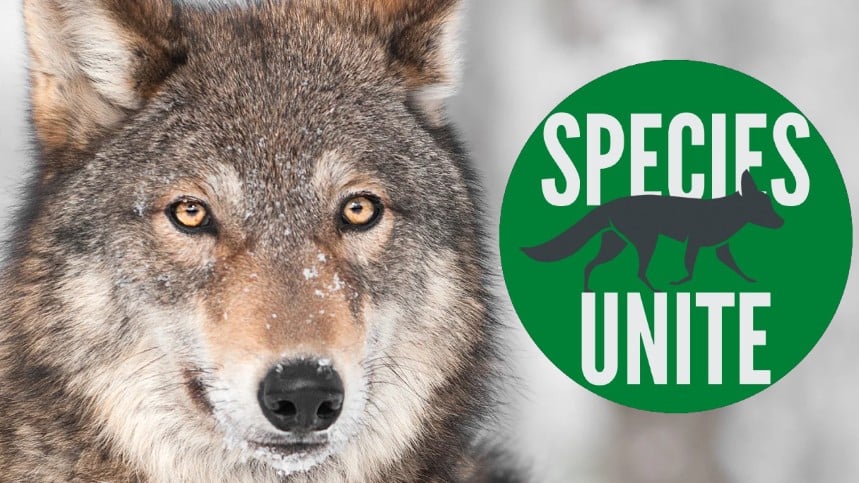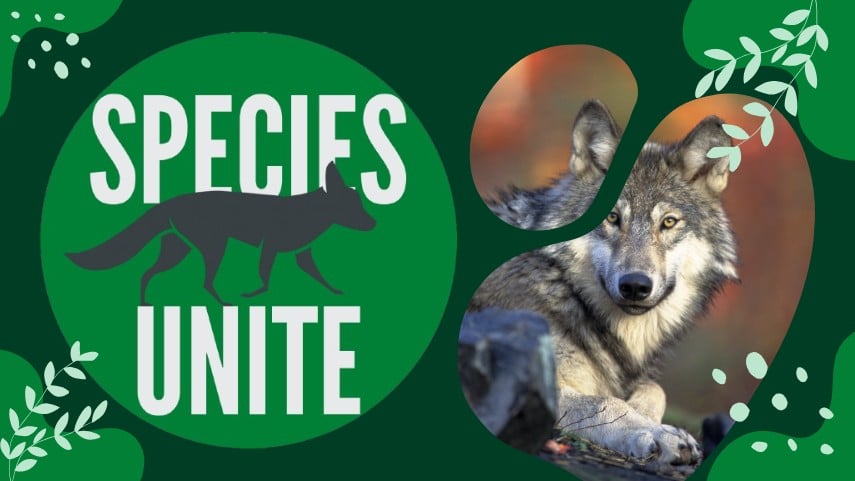About This Lesson
- Week 1 -Understanding Empathy and Perspective-Taking
- Day 1: Introduction to Empathy (30-40 minutes)
- Warm-Up Discussion (5-10 minutes)
- Empathy Video (5-10 minutes)
- Definition and Examples (5-10 minutes)
- Reflection Journal (5-10 minutes)
- Day 2: Introduction to Perspective-Taking (20-40 minutes)
- Warm-Up Activity (5-10 minutes)
- Definition and Examples (5-10 minutes)
- Video and Class Discussion (10-15 minutes)
- Day 3: Empathy and Perspective-Taking in Everyday Life (25-35 minutes)
- Warm-Up Discussion (10-15 minutes)
- Empathy in School (5-10 minutes)
- Class Brainstorming (10-15 minutes)
- Day 4: Empathy and Perspective-Taking in Everyday Life (25-35 minutes)
- Warm-Up Activity (2-5 minutes)
- Storytelling and Active Listening (10-20 minutes)
- Day 5: Reflection (10-25 minutes)
- Warm-Up Reflection (5-10 minutes)
- Class Discussion or Journal (5-15 minutes)
- Day 1: Introduction to Empathy (30-40 minutes)
- Week 2: Empathy, Perspective, Animals, and the Environment
- Day 1: Introduction to Empathy and Animal Awareness (45-50 Minutes)
- How Similar are we to other Living Beings? (5-10 minutes)
- Venn Diagram Activity (10-15 minutes)
- Day 2: Exploring Species (25-30 Minutes)
- Habitats Video/ Discussion (5-10 minutes)
- Importance of Different Species Discussion (10-15 minutes)
- Day 3: Importance of Species and Endangered Animals (20-30 minutes)
- Endangered Species Description (5-10 minutes)
- Why do animals become endangered? (10-15 minutes)
- World Wildlife Fund Endangered Species List (10-15 minutes)
- Day 4: Understanding Endangered Species (15-30 minutes)
- Habitat Mapping Project (30-40 minutes)
- Day 5: Taking Action for Conservation (5-10 minutes)
- Habitat Mapping Project Continued (30-40 minutes)
- Week 2 Discussion
- Day 1: Introduction to Empathy and Animal Awareness (45-50 Minutes)
- Week 3 - The Gray Wolf and Ecosystems
- Day 1: The Importance of Gray Wolves in Ecosystems (30-35 Minutes)
- Introduction (10 minutes)
- Reading/Discussion (15-20 minutes)
- Day 2: Wolf Characteristics and Behavior (30-35 Minutes)
- Introduction to Vocabulary (10 minutes)
- Wolves 101 (5-10 minutes)
- Wolves in the Wild (5-10 minutes)
- Day 3: Perception of Wolves (25-30 Minutes)
- Brainstorming Session (5-10 minutes)
- Discussion (5-15 minutes)
- Day 4: Wolves vs. Dogs (15-20 Minutes)
- Wolves vs. Dogs (5-10 minutes)
- Comparative Analysis (10-15 minutes)
- Day 5: Recommended Reading and Reflection (15-30 Minutes)
- Reflective Activity (20 minutes)
- Day 1: The Importance of Gray Wolves in Ecosystems (30-35 Minutes)
- Week 4 - Wolves and Us
- Day 1: Wolves in Media and Narratives (20-30 Minutes)
- Introduction (5-10 minutes)
- Comparison Activity (15-20 minutes)
- Day 2: Debunking Myths about Wolves (25-30 Minutes)
- Introduction to Myths vs. Facts (5 minutes)
- Wolf Encounter Video/Discussion (5-10 minutes)
- Myth vs. Fact Discussion (20 minutes)
- Day 3: More Myths and Facts (30-35 Minutes)
- Group Activity: Myth Busting (20 minutes)
- Group Presentations (15 minutes)
- Day 4: Further Perception of Wolves (25-30 Minutes)
- Trouble with Wolves Documentary (18:45 Minutes)
- Discussion (5-10 minutes)
- Day 5: Reflection and Conclusion (10-15 minutes)
- Reflection Activity (10 minutes)
- Class Discussion (15 minutes)
- Day 1: Wolves in Media and Narratives (20-30 Minutes)
- Week 5 - Save Our Wolves
- Day 1: The Importance of Wolves in Ecosystems (30-35 Minutes)
- Introduction (5 minutes)
- Vocabulary Review (10-15 minutes)
- Interactive Discussion (5-10 minutes)
- Day 2: Action Items for Wolf Conservation (15-30 Minutes)
- Brainstorming Session (10-15 minutes)
- Group Assignments (15-20 minutes)
- Day 3: Dispelling Rumors and Changing Perceptions (30-35 Minutes)
- Discussion on Rumors (10-15 minutes)
- Reviewing Perceptions (10-20 minutes)
- Day 4: Brochure Project/Continue Action Items (35-40 Minutes)
- Introduction to Brochure Project (10-15 minutes)
- Brochure Creation (15-25 minutes)
- Day 5: Presentation and Reflection (30 Minutes)
- Group Presentations (20 minutes)
- Reflection and Closing (15 minutes)
- Day 1: The Importance of Wolves in Ecosystems (30-35 Minutes)
- Week 6 - Letter Writing for Wolves
- Day 1: Introduction to Letter Writing (30 Minutes)
- Opening (10 minutes)
- "What, So What, Now What" Model (20 minutes):
- Day 2: Brainstorming and Drafting (25-35 Minutes)
- Introduction to Letter Structure (15-20 minutes)
- Brainstorming Session (15-20 minutes)
- Drafting (10-15 minutes)
- Day 3: Peer Review and Revision (20-30 Minutes)
- Peer Review (10-20 minutes)
- Revision (5-10 minutes)
- Day 4: Finalizing Letters and Review (20-30 Minutes)
- Finalizing Letters (10 minutes)
- Review and Reflection (15 minutes)
- Day 5: Action and Conclusion (30-35 Minutes)
- Sending Letters (10-20 minutes)
- Class Discussion (10-15 minutes)
- Day 1: Introduction to Letter Writing (30 Minutes)








